Dr. Saroja Koppala, NIF, Hyderabad helps couple in late Mid-Forties Conceive using own Gametes
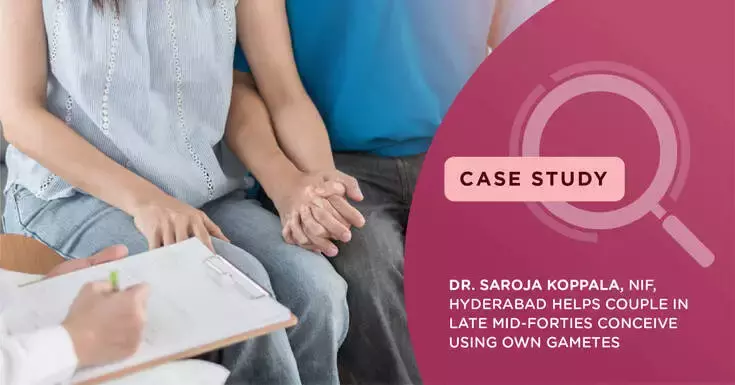
Nova IVF Fertility Hyderabad helps couple in late mid-forties conceive using own gametes
One pleasant Monday morning, a couple walked into our Nova IVF Fertility, Kukatpally, Hyderabad clinic with the hope of having a baby. The lady was a very successful lawyer aged 43, and her husband was 45 years old. She was very career-oriented and accomplished whatever she wished to achieve.
They had been married and had been trying for a child from 3 years and were especially concerned about delays, as their ages were a slightly higher side as far as fertility cycle was concerned.
Also, being high achievers throughout, they were shocked and surprised that they couldn’t conceive. Luckily, they got a reference from their friends about our Advanced Fertility Treatments. Upon further research about the clinics with best IVF success rates in Hyderabad, they came to know about Nova IVF.
The couple met Dr Saroja Koppala, who is a well-known name in Hyderabad for IVF treatments.
Medical tests and case background
The couple’s history was taken, and they underwent all fertility tests. As it was expected, for her age, her ovarian reserve was very low. There were very low AMH values and low antral follicle count. Generally, the fertility of women decreases gradually. However, it starts decreasing significantly around 32 years and decreases extremely rapidly after 37 years.
Hence, women who are older than 35 years and have not conceived even after six months of trying for pregnancy should be investigated.
Ideally, for couples planning late pregnancy, it is advisable to freeze their eggs/sperms/oocytes and use them once they are ready for a baby. However, in the current case, the couple had never come across the idea of social freezing (egg/sperm).
Impact of age on Fertility
Infertility is on the rise across the world because women, like men, are prioritizing professional goals and putting off childbearing till they are ready. Fertility, however, is impacted for both genders with the progression of age.
As men age, they face low sperm count, poor sperm motility and / or morphology issues.
As there is a marked decline in fertility rates with age, couples are advised for an early child, generally the first before 30 and the second, not later than 35 and complete all childbearing before the 40s.
However, personal choices are leading to delaying parenthood, and medical advances have given career-oriented, independent women a choice to delay their pregnancy. These could be the women may have married late or those who want to have children in second marriages; or some were too busy pursuing life goals, or those who simply wanted to have a second child, but after a long break, planned a late pregnancy.
The success rate in IVF also decreases as the woman grows older.
Medical Background – Low AMH Hormone and low Antral follicle
Low levels of AMH, as well as a low antral follicle, indicate fewer follicles and fewer eggs are available and hence the chance of natural conception is quite low.
Low AMH levels can be detected by blood tests. Unfortunately, there are no symptoms that can clearly indicate the reduced level of AMH in blood. Some women experience erratic periods or a total absence of them for a few months as a result of low AMH. Since there are no periods, there is no ovulation and hence no ability to conceive as well.
Fertilization could still occur successfully in certain cases, but with age, chances of abnormal embryo development or a miscarriage are also much higher.
The most suitable way to get pregnant if one has low AMH is by opting for IVF treatment.
Fertility Advice given by Nova IVF ART Specialists
Dr Saroja Koppala discussed various treatment options with the couple, and they chose to undergo IVF using their own gametes, as they were not open for donor oocytes.
The couple underwent IVF using their own gametes, and four eggs were obtained. These four eggs were fertilized using IVF, and this resulted in 3 blastocysts were formed.
Along with age-related fertility decline, there is a significant increase in the rate of aneuploidy and spontaneous miscarriage. Hence to avoid the same, the couple were advised Preimplantation Genetic Testing (PGT – involves checking of embryos for abnormalities in the number of chromosomes) of the embryo.
With increasing age, medical conditions like diabetes, hypertension and other medical problems can also increase. Hence, the couple were screened for these conditions as well.
Oocyte Stimulation, Collection and IVF
The ovaries are stimulated since IVF highly depends on the collection of a substantial number of eggs. Stimulation injections are administered daily, and these play a vital role causing the ovaries to develop multiple eggs instead of one.
The larger the number of eggs, the higher is the possibility of developing multiple healthy embryos later. The entire stimulation procedure may continue for around 2-3 weeks, the stimulation frequency and strength customized based on woman’s biological aspects. Ultrasound scans are used to keep a check on the development of follicles, accompanied by monitoring the levels of serum in the blood.
Once the follicles have reached a large number, the procedure for retrieving the eggs commences. Since the eggs need to be released from the body, a stimulant is injected, and that kicks the body into ovulation.
It takes a day and a half for readiness for egg collection stage. This entire process takes 15-20 minutes and usually takes place under light sedation to avoid feeling discomfort. Once the eggs are procured, these are fertilized with sperm, either in a petri dish or by injecting them right into the egg. The embryo, once formed, is transferred to the uterus and allowed to implant naturally.
Preimplantation Genetic Testing (PGT)
Preimplantation Genetic Testing (PGT) is a screening test for genetic diseases, done on embryos produced through the IVF procedure. Most of the implantation failures, or miscarriages, happen due to chromosomal abnormalities in the embryos. Thus, the major goal of testing is to select the best embryos and increase the chance of a successful and healthy pregnancy.
Treatment outcome – A healthy baby girl
The healthy embryo, post-PGT, was transplanted in the uterus in the next cycle. The couple is now blessed with a beautiful daughter and is extremely grateful to the Nova Fertility doctors and extended team for excellent support and guidance in their entire fertility journey.
Remember, it is ideal for planning a pregnancy at an optimal age. However, if you are older and planning for a pregnancy, help and guidance is at hand.
 Infertility Counselling
Infertility Counselling Female Infertility Treatment
Female Infertility Treatment Andrology Treatment
Andrology Treatment Fertility Enhancing Surgeries - Female
Fertility Enhancing Surgeries - Female Fertility Enhancing Surgeries - Male
Fertility Enhancing Surgeries - Male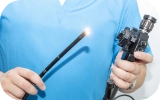 Endoscopy Treatment
Endoscopy Treatment IUI Treatment
IUI Treatment IVF Treatment
IVF Treatment ICSI Treatment
ICSI Treatment Advanced IVF Solutions
Advanced IVF Solutions Embryology
Embryology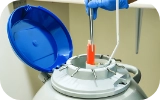 Vitrification Egg, Embryo, Sperm Freezing
Vitrification Egg, Embryo, Sperm Freezing Preimplantation Genetic Testing (PGT)
Preimplantation Genetic Testing (PGT) Donation Program Embryo / Egg / Sperm
Donation Program Embryo / Egg / Sperm




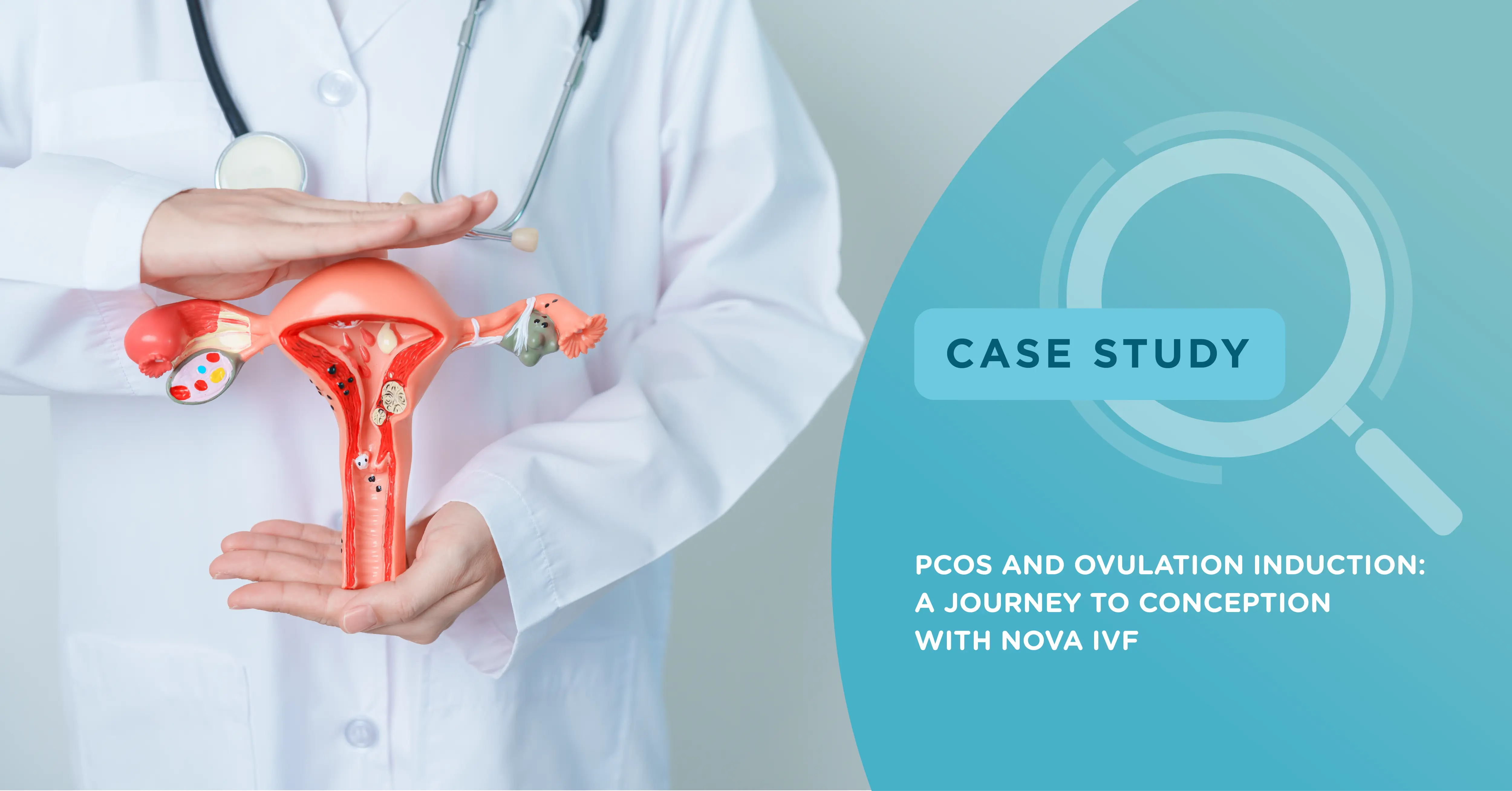

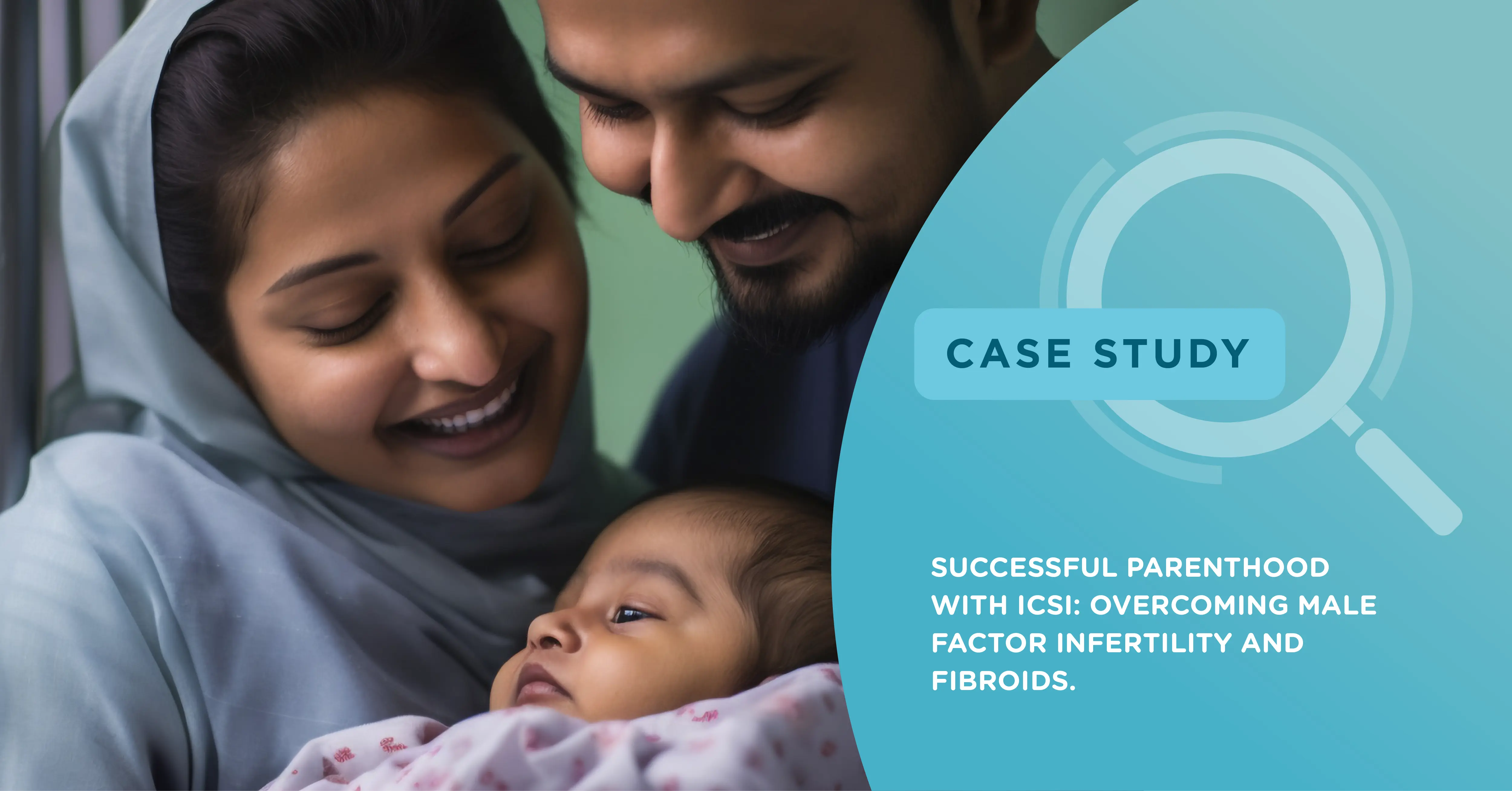
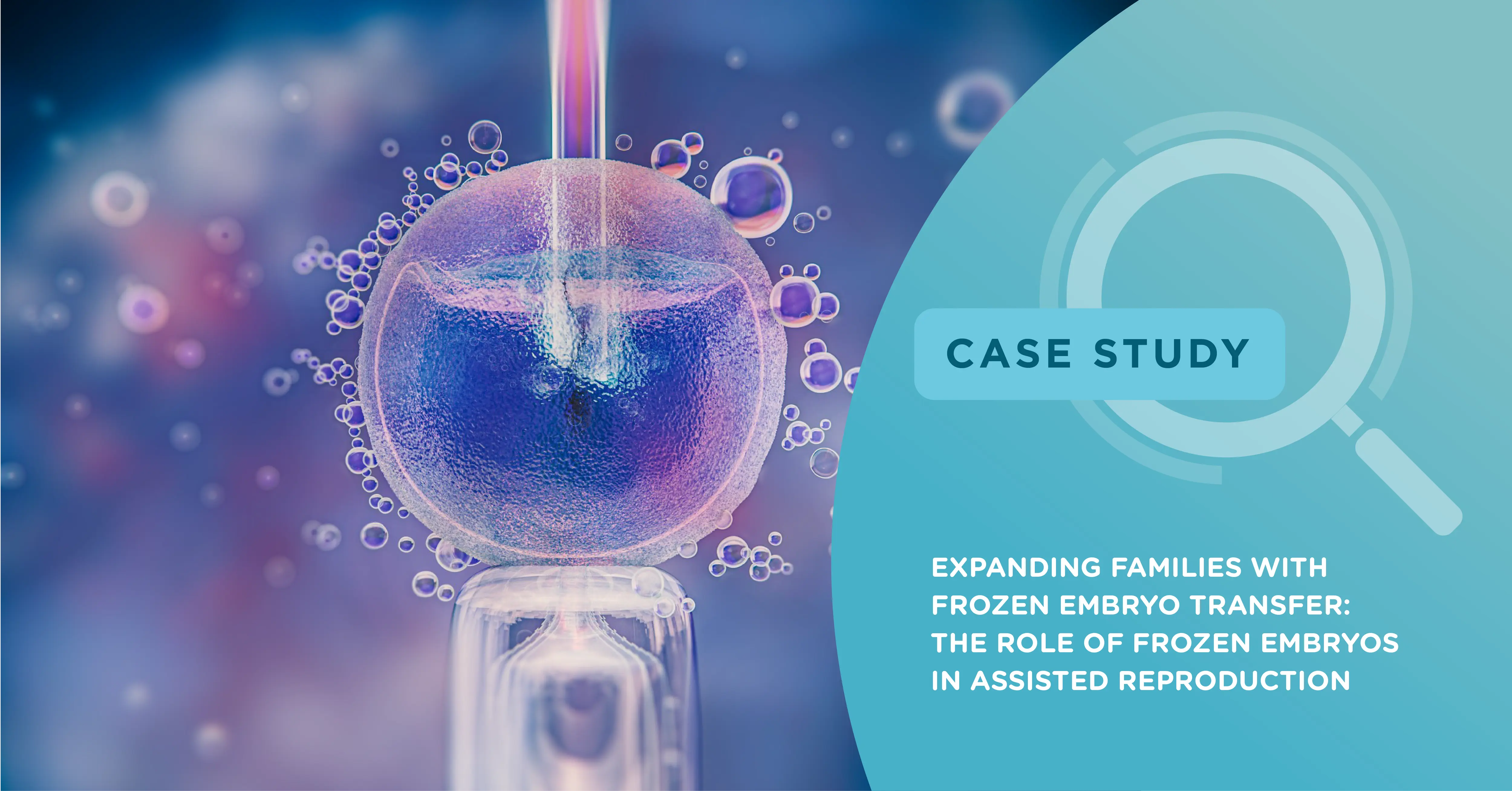

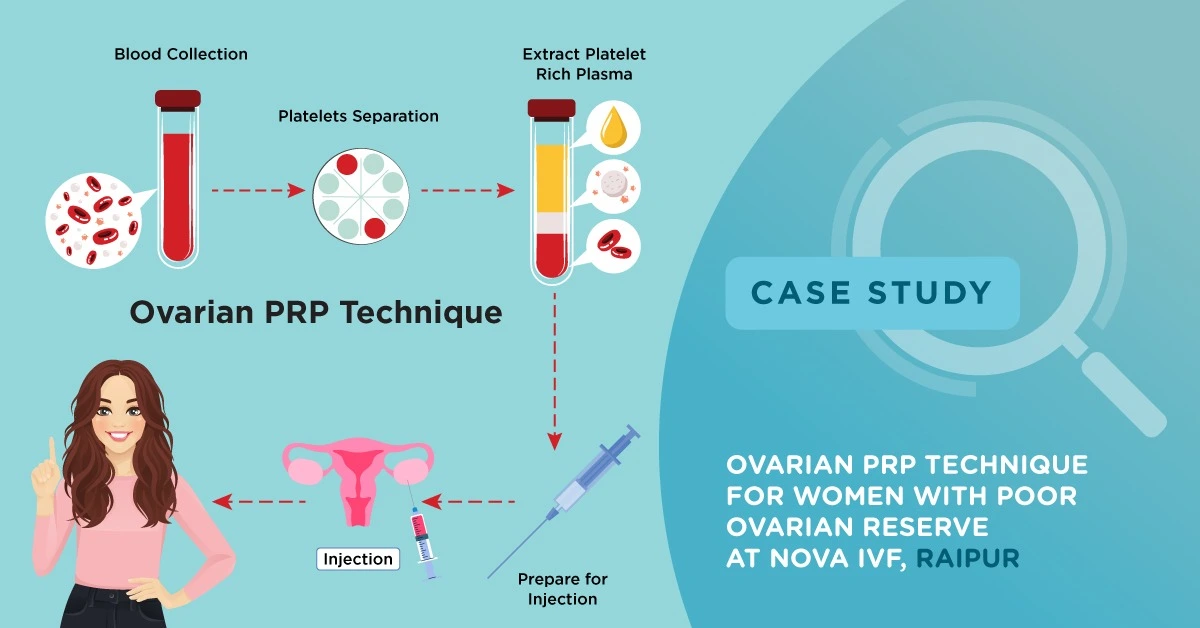
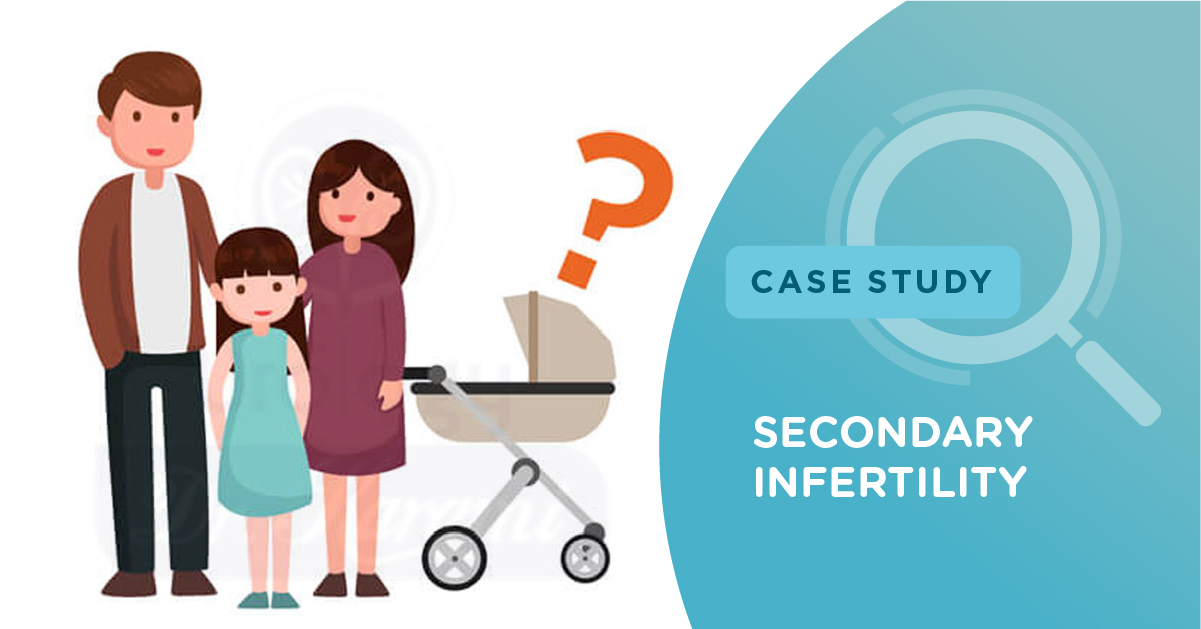
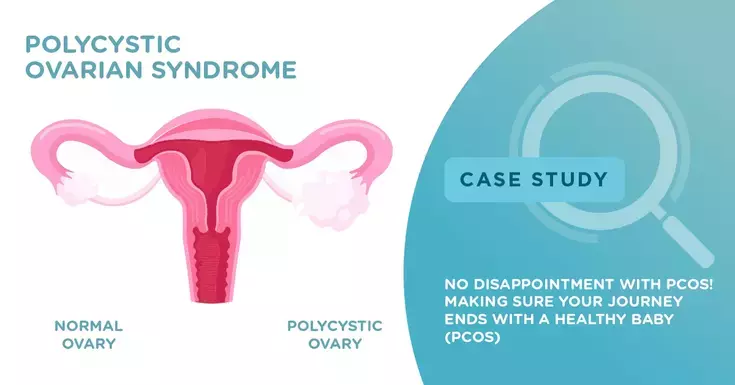






Add new comment